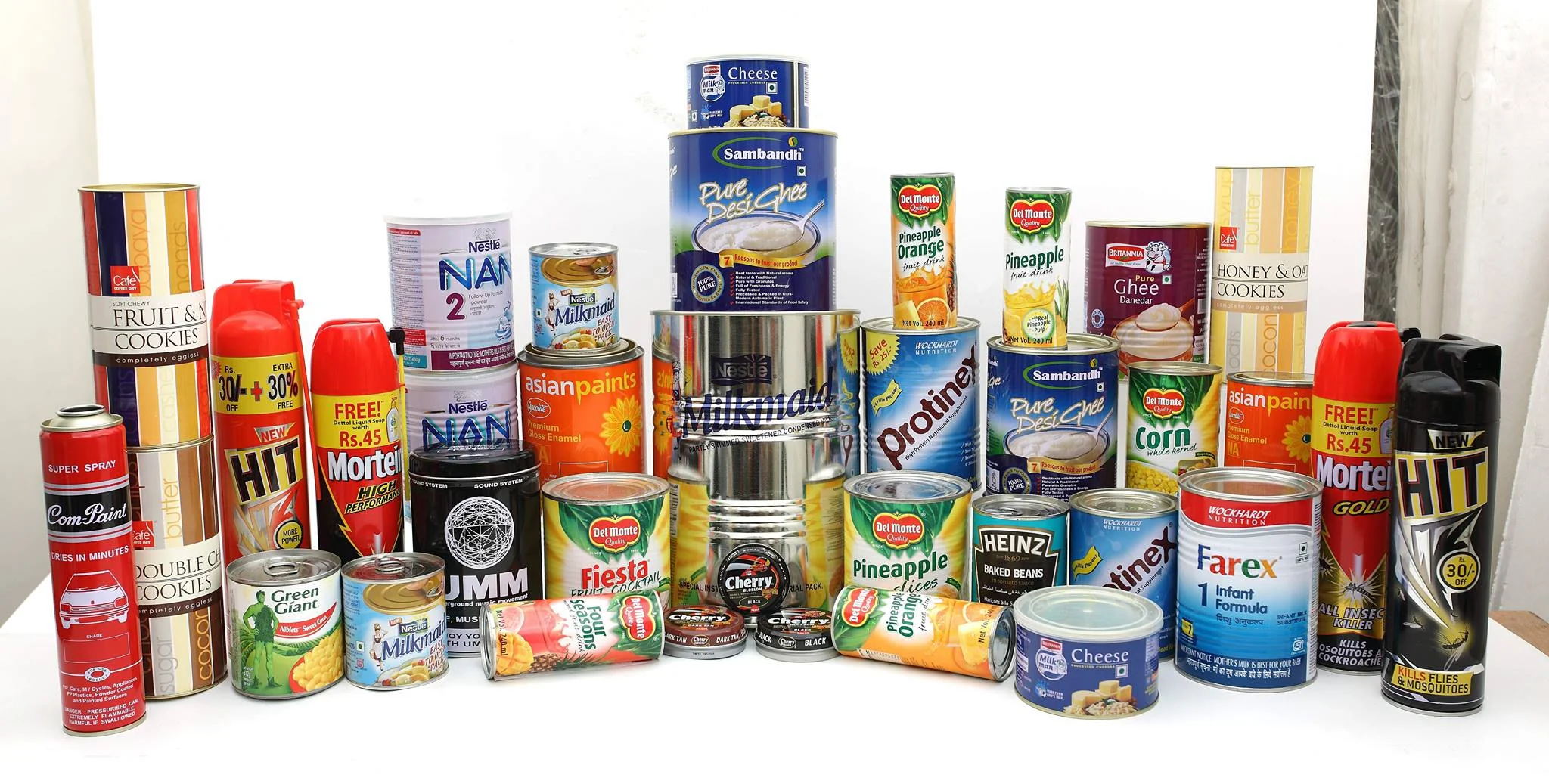From the information on specific products and technologies exhibited at the World Metal Packaging Conference, Met-pack, and Inter-pack, it is evident that metal packaging is experiencing an unprecedented wave of technological revolution and innovation. The focus and development priorities are reflected in the following aspects:
Comprehensive Application of Digital Technology
The application of computer digital technology in tinplate printing, can manufacturing, inspection, and control has significantly enhanced production efficiency.
Enhancing Shelf Appeal and Functionality
By emphasizing the visual impact and convenience of packaging, the overall quality of products has been improved to resist the challenges posed by paper and plastic packaging.

Resource Conservation and Recycling
Focused on reducing resource consumption and promoting product recycling, a series of innovations and developments have emerged in materials technology, printing technology, welding can-making technology, lid-opening methods, and more. The specific manifestations and trends are as follows:
Strengthening Promotional Functions
Anticipated sales packaging is expected to become the mainstream in the future. Driven by brand customer needs and aiming to boost sales, packaging is evolving in four key directions: protection, functionality, decoration, and convenience. For instance, to enhance shelf visibility, production has shifted from single standard cans to a more diverse range of shaped cans, transitioning from ordinary manufacturing to refined, lean, and fashionable production that better adapts to the rapid changes in the packaging market, urban development, and promotional demands.
Development of Functional and Convenient Packaging
There is a trend toward further exploring the unique material and versatility characteristics of tinplate, promoting designs that reduce material use and costs, and ensure ergonomics for convenience. This will expand the application of metal packaging across various fields. The diversity of products and packaging options is increasing, with new applications being explored. For example, packaging structures are being designed for better comfort and humanization, suitable for women. The Bosch can, which won the first prize in the gift box category at the 2005 World Metal Packaging Awards, is an exemplary design that aligns perfectly with high-end tools.
Green and Eco-Friendly Direction
The packaging manufacturing industry faces significant resource and environmental pressures. Packaging materials are evolving towards lightweight, resource-saving, and reduced consumption. By adhering to a development philosophy that combines the construction of recycling systems, circular reuse, and resource consumption reduction, tinplate packaging can meet promotional demands while continuously aligning with environmental resource utilization and reduction strategies. This includes concepts such as Reduce, Reuse, Recycle, Recover, Degradable materials, and Life Cycle Assessment (LCA)—which emphasizes reducing environmental pollution and conserving natural resources—actively promoting new design ideas for green packaging. For instance, new aerosol cans made using laser-welded film iron, with a thickness of only 0.14mm, are lighter, use less material, and have pressure resistance increased from 12 to 18 bar to 34 bar, indicating a promising development outlook. The lid-opening methods for tinplate cans have also evolved from requiring tools to open, to pull-tab cans, and now to adhesive tear-off lids, moving towards lightweight and convenient packaging.
Greater Attention to Regional Market Differences
In the beverage packaging sector, Japanese consumers prefer resealable coffee bottles, while consumers in Europe and North America favor cylindrical pull-tab cans. In some coastal cities, wave-shaped beverage cans are more popular.
Factors affecting uneven coating of tinplate sheet and treatment methods
